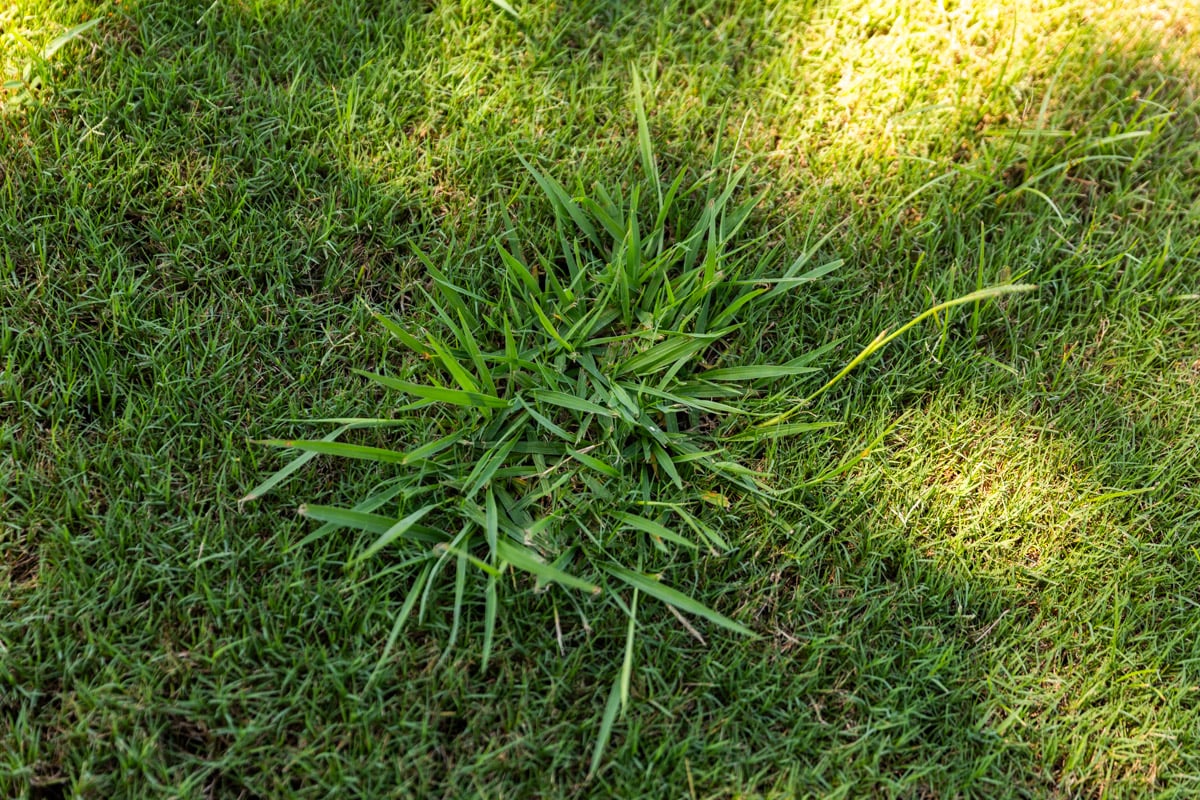
Controlling the 11 Most Common Lawn Weeds in North Mississippi
A healthy lawn is more than just green, it’s something homeowners take pride in. So when weeds start to take over, it’s not only an eyesore but a real source of frustration.
In Tupelo, Oxford & New Albany, MS, certain lawn weeds show up like clockwork. They thrive in Southern heat, humidity, compacted soil, and neglected turf.
Here are 11 of the most common weeds in North Mississippi lawns—and how to kick them out for good.
1. Crabgrass
How to identify Crabgrass: Crabgrass has wide, flat blades that grow low to the ground and spread outward, forming dense mats. It’s usually a lighter green than turfgrass, and its seed heads resemble fingers or spikes.
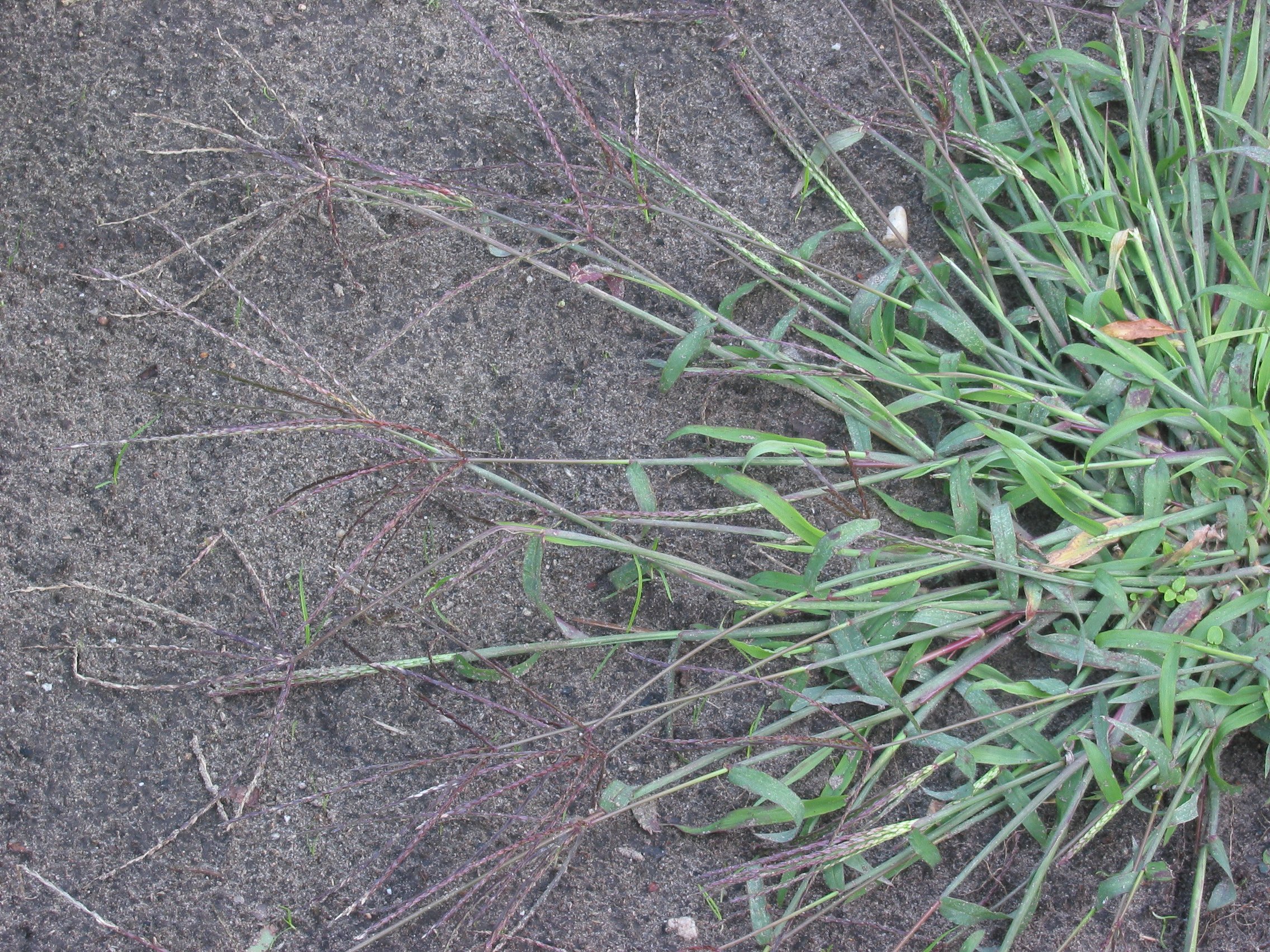
When it shows up: Crabgrass germinates in early spring and thrives through the summer.
Why it thrives: Crabgrass favors thin or bare spots and germinates when soil temps reach 55°F. Frequent mowing too short or inconsistent fertilization gives it an open door.
Control strategy: Apply a pre-emergent herbicide before soil temperatures hit the mid-50s. Post-emergents may be needed if crabgrass breaks through. Keeping your lawn thick through fertilization and correct mowing heights (typically 3–4 inches) also helps suppress it.
2. Dallisgrass
How to identify Dallisgrass: Often mistaken for crabgrass, dallisgrass grows in clumps and has thick, coarse leaves with seed heads that look like they’ve been dusted with pepper.
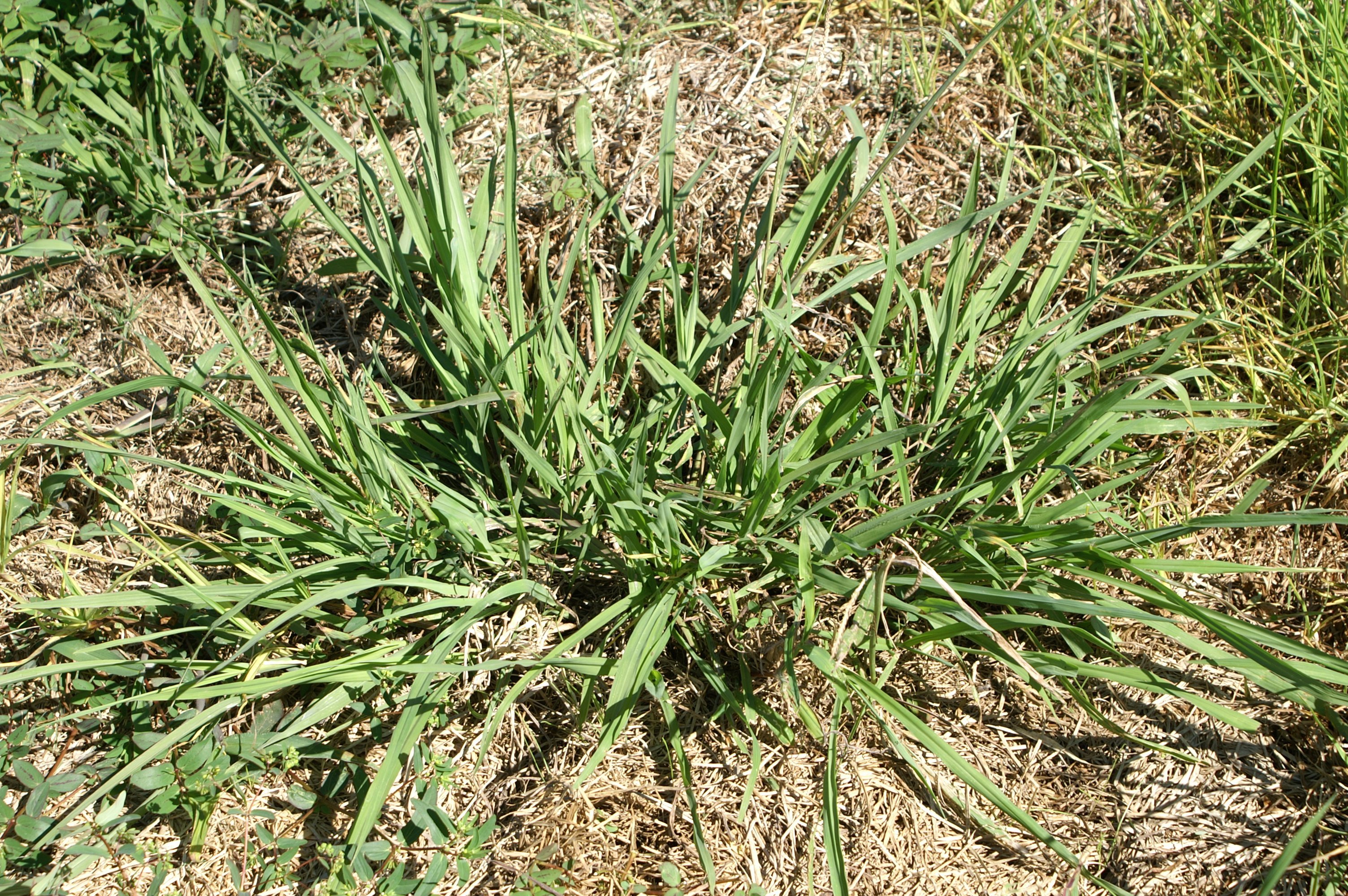
When it shows up: Dalligrass begins growth in late spring and can persist through fall.
Why it thrives: This perennial spreads via rhizomes and seeds, returning year after year. It loves moist, compacted soils and lawns cut too low.
Control strategy: Dallisgrass resists many standard pre-emergents, so post-emergent spot treatments are essential. Regular aeration and overseeding with high-quality turfgrass can help crowd it out over the long term.
3. Nutgrass
How to identify Nutgrass: A shiny, bright green, grass-like plant that grows faster and taller than turf. It has a triangular stem (roll it in your fingers!) and forms in patches.
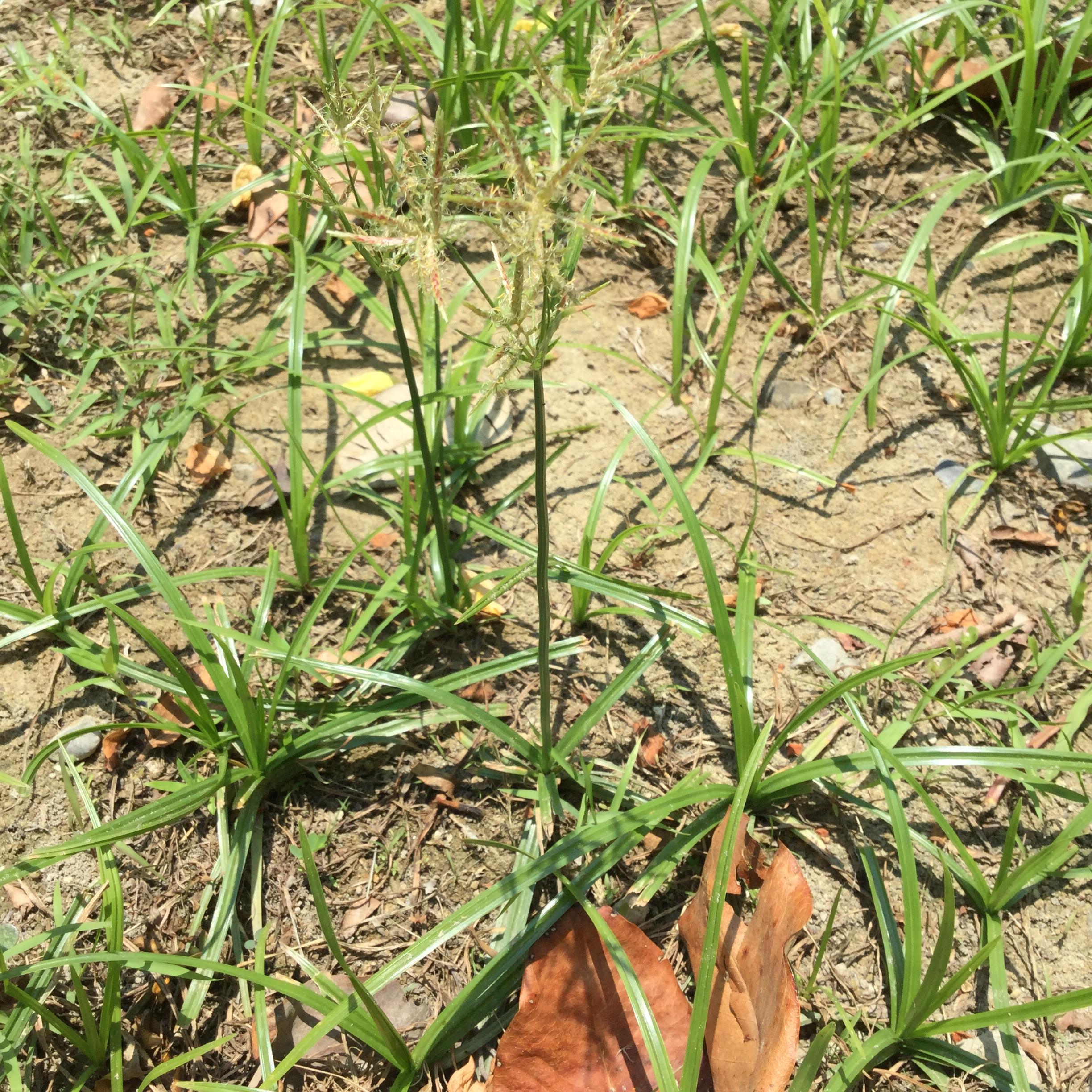
When it shows up: Appears in late spring and thrives in summer.
Why it thrives: Nutgrass loves wet or poorly drained soils. It spreads aggressively through underground tubers (nutlets) that can lie dormant for years.
Control strategy: Mechanical removal is ineffective; selective sedge herbicides are most effective. Improve drainage and avoid overwatering to reduce the risk of return.
4. Buttonweed
How to identify Buttonweed: Spreading weed with thick, lance-shaped leaves and star-shaped white flowers. It grows flat and forms dense mats.
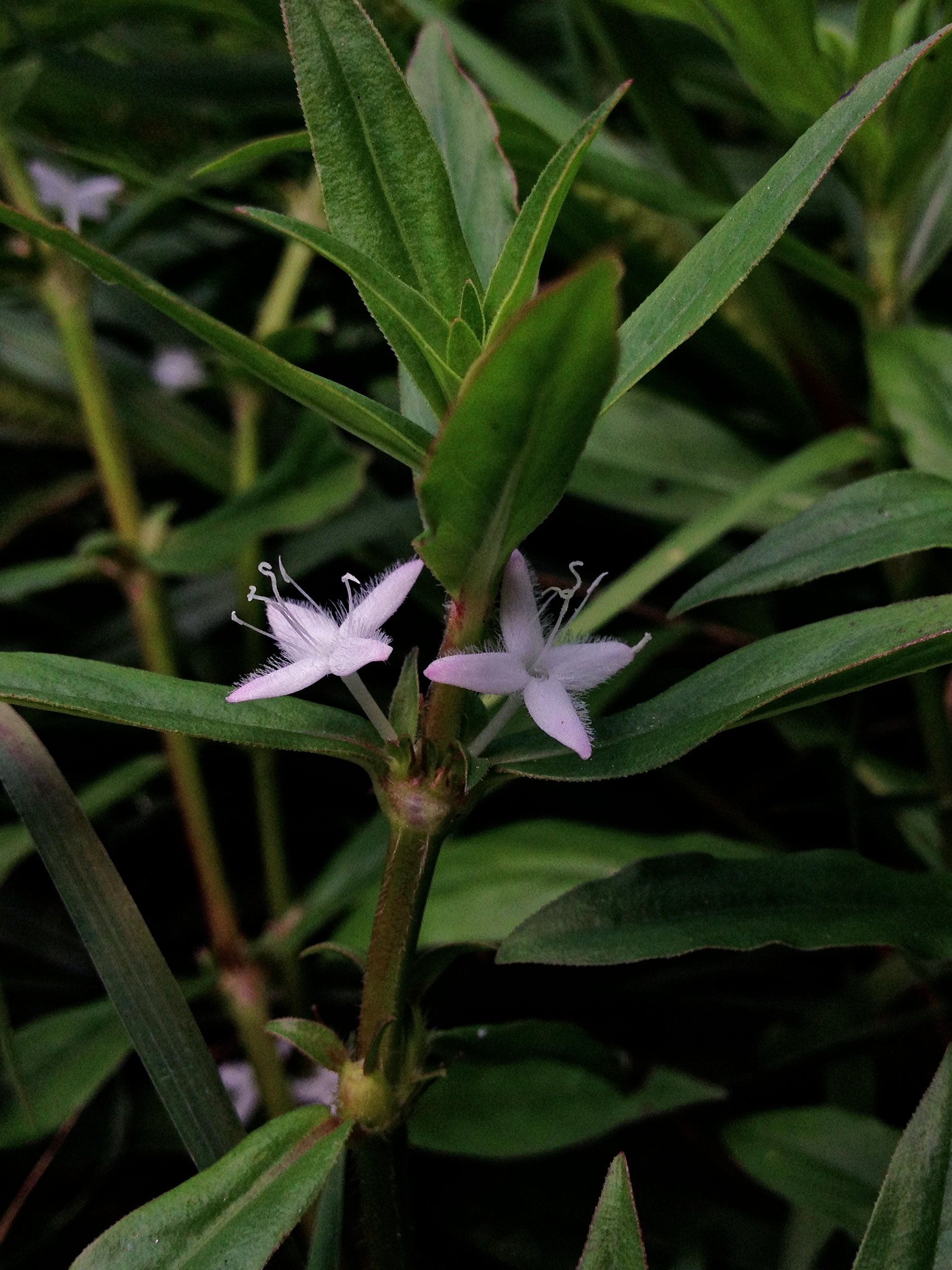
When it shows up: Buttonweed emerges in spring and stays active through fall.
Why it thrives: Spreads through rhizomes and fragments left after mowing. Tolerates low mowing and quickly overtakes thin areas.
Control strategy: Spot-spray with a post-emergent broadleaf herbicide. Avoid mowing wet buttonweed to reduce spreading. Boost turf density with overseeding and fertilization.
5. Annual Bluegrass (Poa Annua)
How to identify Annual Bluegrass: Light green, soft grass with fine blades and boat-shaped tips. It grows in tufts and has small white seed heads.
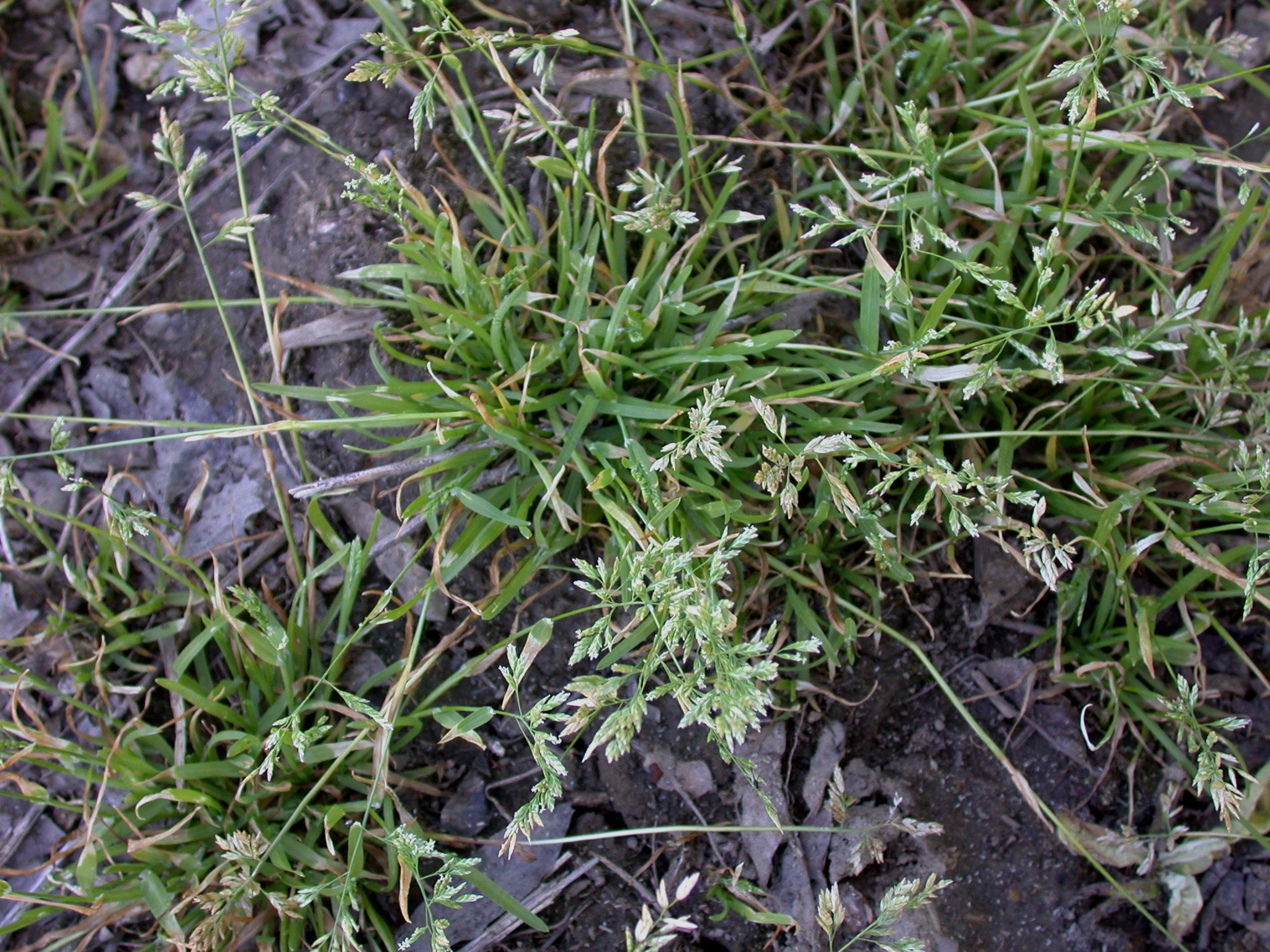
When it shows up: Germinates in fall, grows through winter, and seeds in spring.
Why it thrives: Annual Bluegrass competes well in thin or overwatered lawns, especially in shaded areas.
Control strategy: Apply fall pre-emergent weed control. Maintain sharp mower blades and a regular irrigation schedule to avoid turf stress that invites poa annua.
6. Spotted Spurge
How to identify: Spotted Spurge is a low-growing weed with red, hairy stems and oval leaves often marked with a purple spot. Break a stem and you’ll see a milky sap.
%20-%20prostrate%20lawn%20spurge%20CC.jpg?width=2710&height=1814&name=Euphorbia%20maculata%20(Chamaesyce%20maculata)%20-%20prostrate%20lawn%20spurge%20CC.jpg)
When it shows up: Germinates in late spring and thrives all summer.
Why it thrives: Spotted Spurge favors sunny, compacted, or dry soils. Quickly forms mats that choke turf and can spread several feet wide.
Control strategy: Apply broadleaf weed control when the spurge is young. Core aeration helps loosen soil. Avoid over-mowing, which can reduce turf competition.
7. Lespedeza (Japanese Clover)
How to identify: Lespedeza has three smooth leaflets and pink to purple flowers. As it matures, its stems become woody and spread out across the lawn.
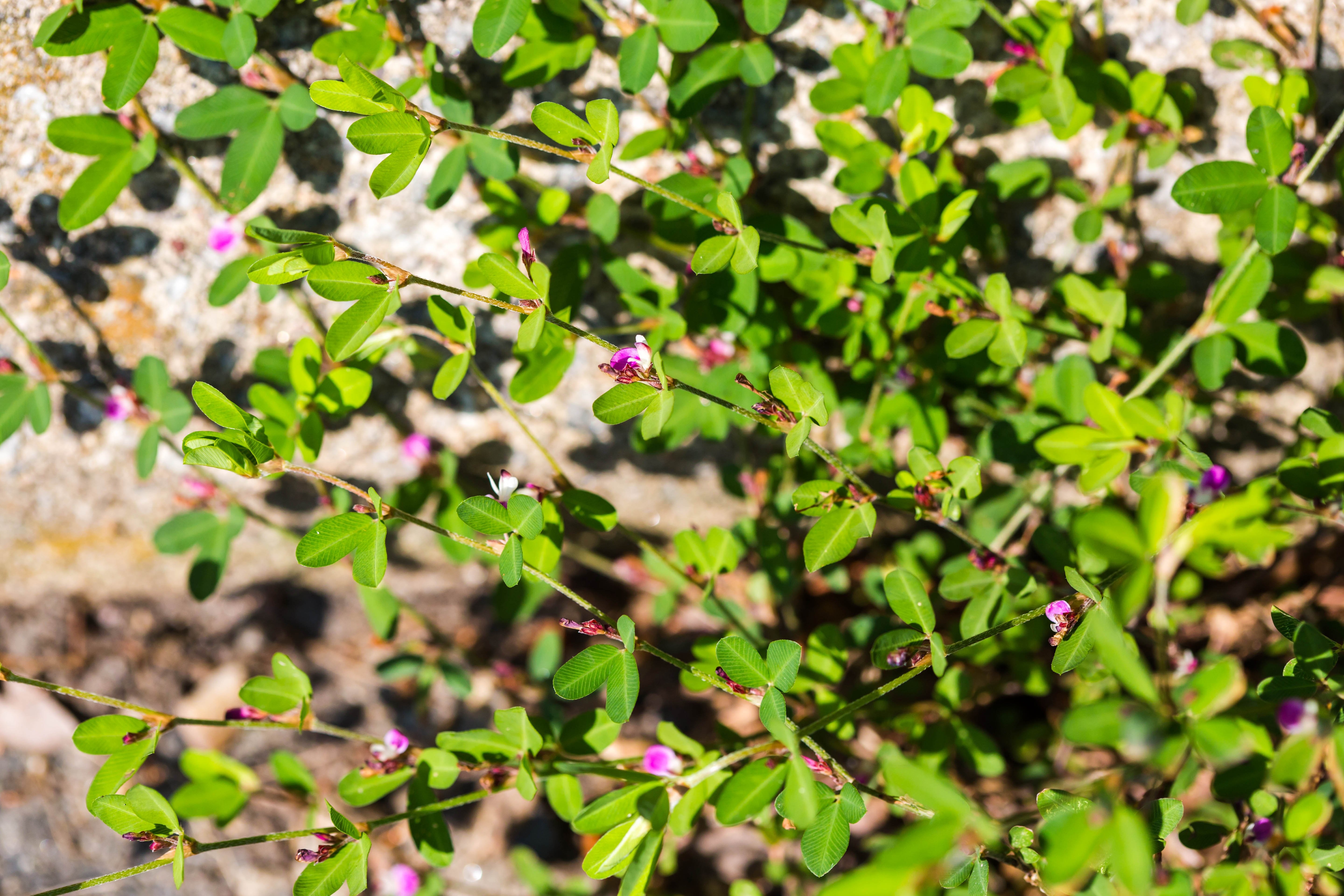
When it shows up: Common in late summer.
Why it thrives: Lespedeza tolerates drought, poor soil, and low mowing. Often a sign of under-fertilized turf.
Control strategy: Use selective herbicides for clover-type weeds. Fertilize according to soil test recommendations and raise mowing height to shade out new growth.
8. White Clover
How to identify: Small white flowers and three-part leaves with faint crescent markings. Clover forms soft, low patches across the lawn.
%20weed%20CC.jpg?width=4224&height=3168&name=white%20lawn%20clover%20(trifolium%20repens)%20weed%20CC.jpg)
When it shows up: Spring through fall.
Why it thrives: Grows best in under-fertilized or low-nitrogen soils. Tolerates mowing and attracts bees.
Control strategy: Fertilize to improve turf health, correct soil pH if needed, and use a broadleaf herbicide. Regular mowing above 3 inches helps shade it out.
9. Dandelion
How to identify: Bright yellow flower heads with jagged leaves that grow in a rosette. Dandelion turns into white puffballs full of seeds.
%20weed%20CC.jpg?width=3094&height=2475&name=yellow%20dandelion%20(Taraxacum%20officinale)%20weed%20CC.jpg)
When it shows up: Early spring through late fall.
Why it thrives: Deep taproot allows it to survive drought and regrow after mowing. Seeds travel far by wind.
Control strategy: Treat dandelions with a post-emergent herbicide in early spring or fall when plants store nutrients in their roots. Pulling must remove the entire root to prevent regrowth.
10. Broadleaf Plantain
How to identify: Oval leaves with prominent veins and a waxy surface. Grows in low, dense clusters with long seed spikes.
%20weed%20CC.jpg?width=800&height=700&name=broadleaf%20plantain%20(Plantago%20major)%20weed%20CC.jpg)
When it shows up: Spring through fall.
Why it thrives: Found in compacted or heavily trafficked areas. Tolerates mowing and poor soil.
Control strategy: Use post-emergent broadleaf herbicides. Aerate compacted areas and improve soil quality. Overseeding helps establish turf cover, which crowds it out.
11. Bermudagrass
How to identify: Fine, wiry blades and aggressive horizontal runners (stolons). In zoysia or fescue lawns, it stands out with a lighter, thinner look.
%20weed%20CC.jpg?width=3179&height=2120&name=Bermuda%20Grass%20(Cynodon%20dactylon)%20weed%20CC.jpg)
When it shows up: Late spring through fall.
Why it thrives: Heat-loving, drought-tolerant, and an aggressive spreader, once this reaches a non-Bermuda lawn, it competes heavily with the desired grass.
Control strategy: Selective suppression with specialized herbicides may be required. Spot treatments are more practical than blanket applications. Long-term success involves strengthening your primary turf.
Take Back Control of Your Lawn in Tupelo, Oxford & New Albany, MS
Let’s face it, common lawn weeds in North Mississippi don’t wait for an invitation. But with expert timing, local knowledge, and a proactive approach, you can stop them before they spread and restore pride in your property.
At Lawn & Pest Solutions, we offer tailored lawn care through our Lawn 360 program, which includes:
- Pre- and post-emergent weed control
- Seasonally appropriate fertilization
- Aeration and overseeding
- Experienced technicians who know the specific weed identification issues for this region
Our team doesn’t just spray and go—we assess, treat, and follow through, helping you get a lawn that makes the neighbors jealous.
Ready to stop weeds before they start? Get your free quote today and see how easy it is to take back your lawn.
Image Sources | Crabgrass, Dallisgrass, Nutgrass, Buttonweed, Annual Bluegrass, Spurge, Lespedeza, Clover, Dandelion, Plantain, Bermudagrass
